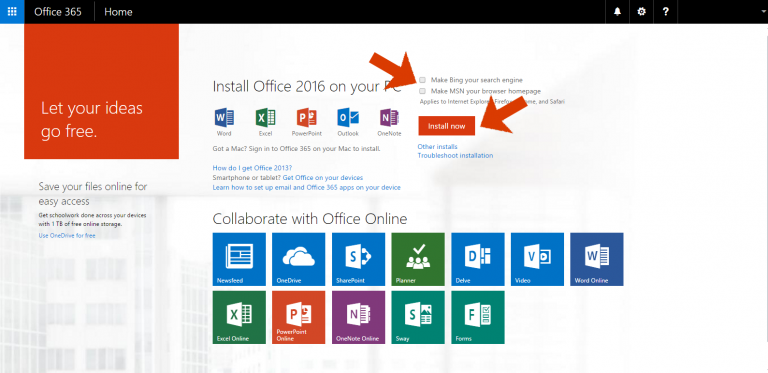TAMU Engineering Degree Requirements
TAMU Engineering Degree Requirements – Engineering, a discipline situated at the vanguard of technological innovation, necessitates meticulous scholarly preparation to ensure triumph. Texas A&M University (TAMU), an institution acclaimed on a global scale, distinguishes itself for its exceptional engineering programs that captivate ambitious students from all corners of the globe. If you find yourself contemplating the pursuit of an engineering degree at TAMU, a comprehensive comprehension of the degree requirements becomes not only advantageous but also indispensable. School News Portal
The Dwight Look College of Engineering at TAMU garners renown not solely due to its academic prowess, but also due to its unwavering commitment to nurturing a fresh cohort of engineers endowed with both theoretical acumen and practical dexterity. With a rich history spanning more than one century, the engineering heritage of TAMU becomes palpable through its contributions to global engineering progress and the consistent accolades it garners.
For prospective students and those at the dawn of their TAMU journey, this guide serves as an in-depth roadmap to the engineering degree requirements. From core curriculum essentials to specialized engineering courses tailored to specific disciplines, understanding what lies ahead can ensure a smooth, fulfilling academic experience.
Read Also: TAMU Industrial Distribution Transfer Requirements
TAMU Engineering Degree Requirements
Before diving into specifics, it’s crucial to grasp an overview of the TAMU engineering program. The Dwight Look College of Engineering at TAMU is renowned for its rigorous academic programs, dedicated faculty, and cutting-edge research facilities. With a legacy spanning over a century, TAMU has produced some of the world’s leading engineers.

Core Curriculum Requirements
For every student at TAMU, regardless of major, there are core curriculum requirements. These courses lay the groundwork for a comprehensive educational experience: TAMU Engineering Degree Requirements
- Communication (6 hours) – Emphasizes both written and oral communication.
- Mathematics (6 hours) – Typically Calculus I and II for engineering students.
- Life & Physical Sciences (9 hours) – Courses like Chemistry and Physics are foundational for engineering.
- Language, Philosophy, & Culture (3 hours) – Offers a global and cultural perspective.
- Creative Arts (3 hours) – Engages students in the world of art and creativity.
- American History (6 hours) – To understand the nation’s past.
- Government/Political Science (6 hours) – Covering both Texas and U.S. government.
- Social & Behavioral Sciences (3 hours) – Courses like Psychology or Sociology to understand societal structures.
These core courses, totaling 42 credit hours, ensure students gain holistic knowledge essential for problem-solving in real-world scenarios.
Read Also: Tamu Aggie Ring Requirements
General Engineering Requirements
Once enrolled in the College of Engineering, there are general requirements to acquaint students with fundamental engineering principles:
- Engineering Mathematics & Sciences – Courses in advanced Mathematics, Chemistry, and Physics. This might include Differential Equations or Organic Chemistry, depending on your engineering discipline.
- Engineering Fundamentals – Introductory courses specific to your engineering major, ensuring a solid foundation.
- Technical Electives – These are courses chosen based on your interest in the engineering field, allowing specialization.
Major-Specific Requirements
Each engineering discipline at TAMU has tailored course requirements. For instance, a Chemical Engineering major will have different course prerequisites than a Mechanical Engineering major. It’s essential to consult the specific department’s curriculum or an academic advisor to understand these requirements.
Read Also: Texas A&M Admission Requirements Engineering
Internships & Practical Experience
Real-world experience is invaluable in engineering. TAMU emphasizes the importance of internships, co-ops, and hands-on lab work. Although not always mandatory, gaining practical experience is highly recommended and can often be counted towards technical elective credits.
Capstone Project & Senior Design
In the final year, engineering students at TAMU typically engage in a capstone project or senior design course. This project integrates everything learned throughout the degree, challenging students to design, build, and test an engineering solution to a real-world problem.
Maintaining Academic Standards
It’s not just about fulfilling course requirements. TAMU expects its engineering students to maintain a minimum GPA, which varies by department. Regularly monitoring your academic progress and seeking help when needed ensures you stay on track.
Read Also: Tamu Academic Requirements
Conclusion
Meeting the TAMU engineering degree requirements is not just a pathway to a certificate; it’s about crafting a comprehensive skillset that sets you up for a thriving career in engineering. The rigorous curriculum, coupled with the emphasis on real-world application, ensures that TAMU engineering graduates are among the best-prepared professionals in the industry.
To optimize your journey, consider pairing your academics with extracurricular activities, like joining engineering clubs or participating in research projects. By immersing yourself fully in the TAMU engineering experience, not only do you meet degree requirements, but you also enrich your professional and personal growth.
Whether you’re just starting your journey or are well into your engineering studies at TAMU, understanding these requirements is the key to navigating your academic path successfully. Embrace the challenges, seek support when needed, and remember: that every course, project, and experience is a stepping stone to your engineering future.
Read Also: PPA TAMU Requirements
